Implicit in the catchphrases of today such as “the new normal” is the assumption of a codified standard of existence; the idea of reality as a known value or truth. That idea is a fallacy, of course. Life, like art, is slippery, teasing us precariously forward. Few people are more aware of this than the artist Laurie Simmons. Since 1976, she has been keeping viewers on their toes with images that test the boundaries of surface and reality, truth and lies.
“Artifice, surrogates, stand-ins—fake has been the operative [motive in my work] because I was always alone in a studio wanting to create things in the world that I didn’t have the skill set, the economic power, [or] the access to,” she said on a recent call in advance of a virtual exhibition of her “Fake Fashion” series via the Frieze Art Fair.
The photographer’s “Fake Fashion” series dates to the mid-1980s and grew out of an assignment to produce a fashion shoot for BAM’s 1984 Next Wave Festival catalog. Simmons got so caught up in the project that she kept on with it, substituting high fashion with frilly finds from the discount stores of Broadway. The fake in the series title, she says, is absolutely not a commentary on the alleged superficiality of fashion.
“I’ve always had an unapologetic interest and fascination and obsession with fashion,” Simmons admits. Still, clothes ultimately play a minor role in the series. More so, the work is a delightful exercise in role play. “I think that those pictures were more about my longing to participate, to be a fashion photographer in a sense, which was something that wasn’t being offered to me,” says Simmons, who put on different borrowed “hats” behind the lens and in the developing room. “I could go as many as 50 backgrounds. It wasn’t like I decided this red dress would go with this Western scene,” she explains. “I would put the model in a look and shoot, [but] the magic happened completely in the editing. And that made me really feel like a fashion editor too. It was like, ‘Think pink!’”
As Simmons was constructing these intriguing images, she was thinking about consumerism through advertising and deconstructing commonly held practices. The “Fake Fashion” photos, she says, “have no context, no client, no merchandise, no editor. It was like making something pretty, this strange slippery picture. Like, where is the center of this? What are we selling here? And just to put it into context, by the mid-’80s moving into the ’90s, the whole idea of fashion editorial and also advertising was much more abstract, meaning that there were concepts there rather than images that just portrayed the clothes. You were selling an idea, you were selling a mood, you were selling an attitude. And that seemed more and more important, you know, and I was thinking about that too.”
Simmons turned that kind of approach on its head. There’s a strangeness here: The models, looking like store mannequins in backgrounds that are disproportionate, seem somehow undone. Part of that feeling of unease comes from the artist’s commitment “to the idea that my work was never telling a story, that it was like a snapshot in the sense that what comes before and what comes after is not really relevant. It’s just somebody doing as much nothing as a person could do—not, you know, not someone who’s just come from having an extramarital affair who’s about to go murder someone. There’s none of that kind of drama. None of that kind of story. It’s just a moment. And if the women seem untethered and the moment seems untethered, I’m super comfortable with that.”
Apart, maybe, from still life images, a fashion picture without a narrative is a rare one in a digital world that fetishizes branding and “storytelling.” And these pictures do have tales to tell, their still perfection offers commentary on the American dream. Simmons grew up in post–World War II suburbia where there was, she says, a lot of “emphasis on a kind of perfection on the surface of the way that we lived, regardless of one’s financial situation. The middle class was really striving to have a kind of unified visual.” Simmons was keenly aware that “nothing really is the way that it looks.” “One of the scarier things about my childhood,” she relates, “was that some part of me could see that things looked a certain way, but they weren’t perfect. They weren’t perfect in my own family and they weren’t perfect in other people’s families. And it just seemed like there were a lot of secrets.”
At the time “Fake Fashion” was first exhibited much of the audience, Simmmons notes, glossed over the series, uninterested or deaf to the secrets it could reveal. More recently the photos have excited a lot of interest. Part of this can likely be attributed to renewed interest, fashion-wise, in the 1980s, the decade, notes Simmons, that gave us “gold leaf and shoulder pads [and] Ivana Trump. Ivanka’s mother was so ’80s.”
The artist declines to comment on how this series might be seen filtered through the pandemic, stating it’s simply too early to say. But like many of us she feels like she’s living in a sort of time warp where, “one day is like a week, one week is like a month, one month is like a year.” It’s a calendar that the subjects of these photos seem to be following as well. Like them we are captured as if in amber in a world that looks familiar but isn’t, where behind masks, faces are inscrutable, making mannequins of us all. In this new world it’s the unseen that is shaping the way the world looks. On the positive side, we have the agency to set change in motion, to frame our own shots against an ever-changing background.
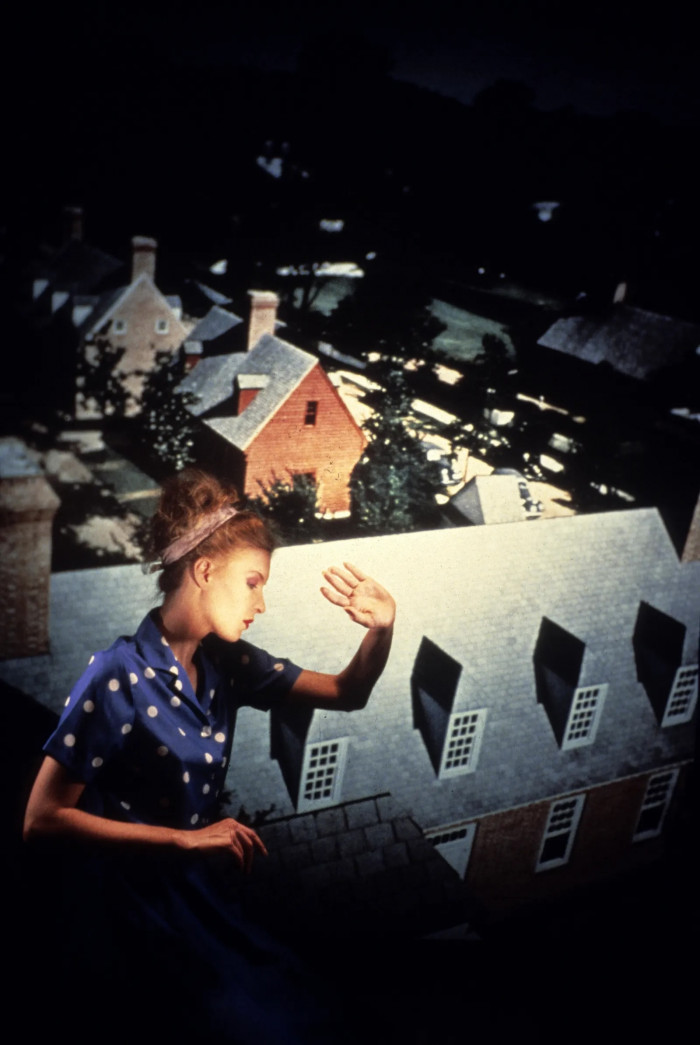
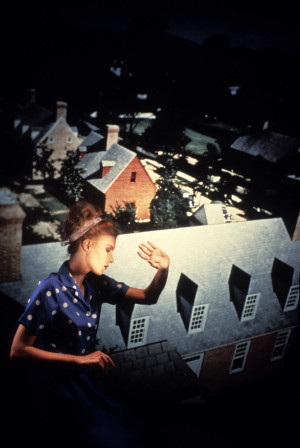 ..
..
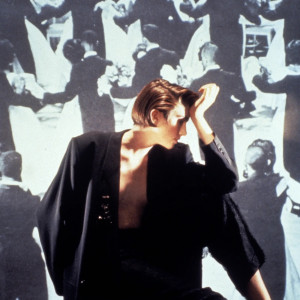 ..
..
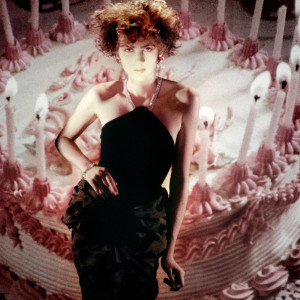 ..
..
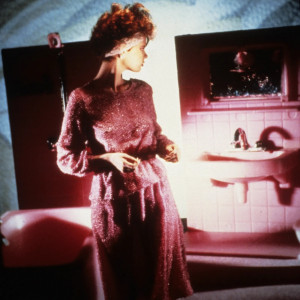 ..
..
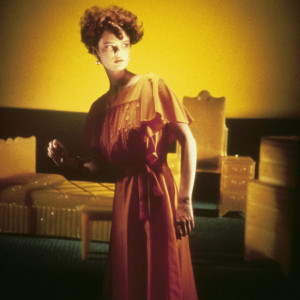 ..
..
 ..
..
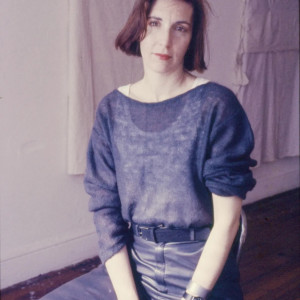 ..
..